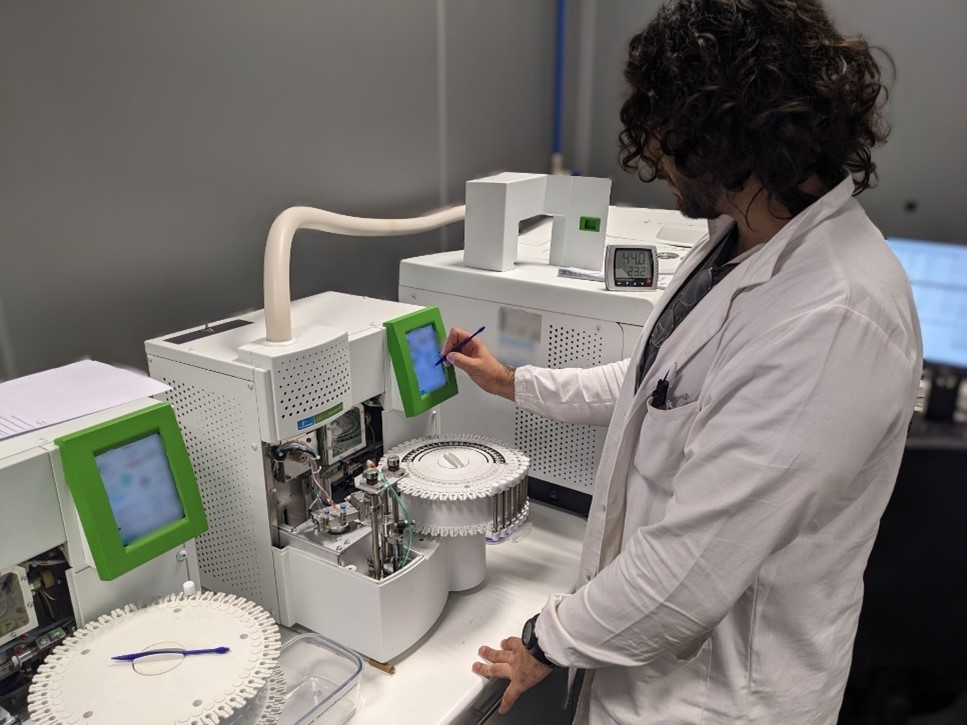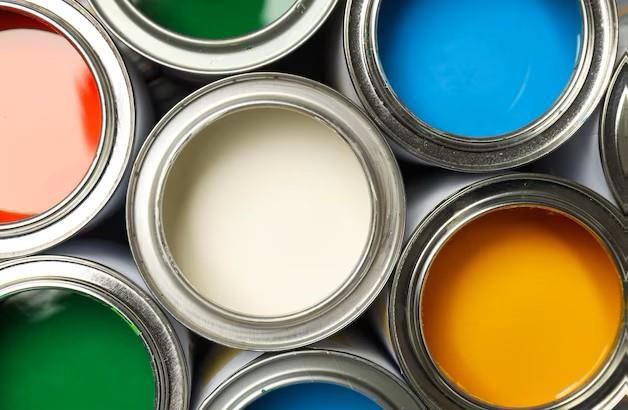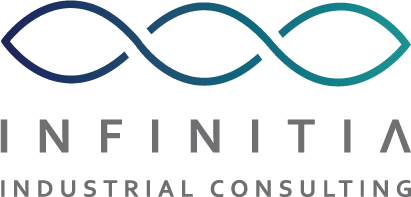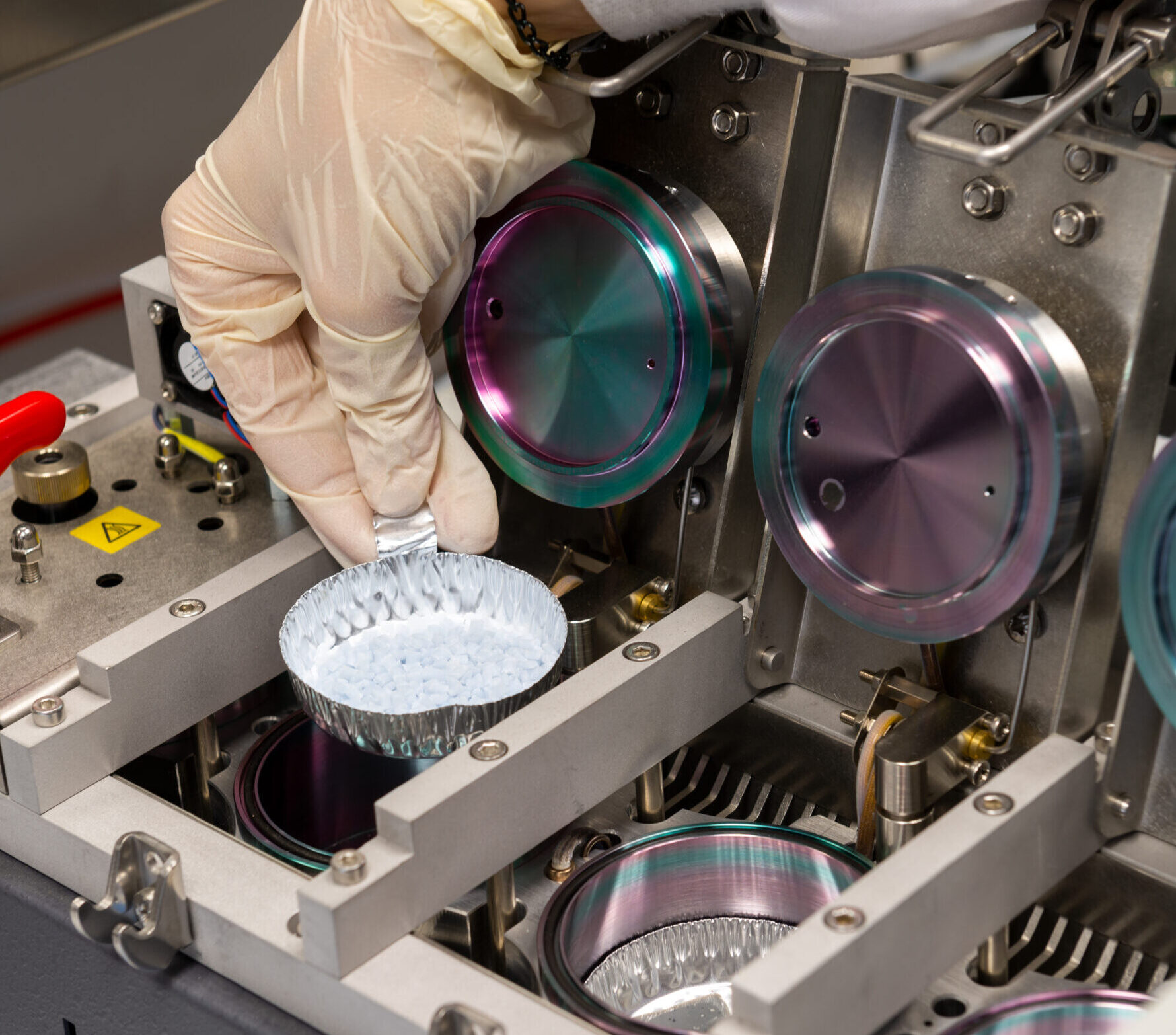What was the challenge or problem to be solved?
INFINITIA’s Forensic Engineering team was faced with the challenge of carrying out a process of reverse engineering and chemical analysis of paints, with the aim of assessing whether the safety data sheets provided by the supplier accurately reflected their actual composition, especially with regard to volatile compounds.
The customer had serious doubts about the presence of undeclared contaminants that could compromise both the safety of the working environment and the quality of the final product. This uncertainty posed a risk, as any discrepancy in the technical information could lead to problems during the use and handling of the material.
The main challenge was to select the appropriate technique to analyse a number of compounds present in the paints, some of which were not covered by specific regulations. The objective of the project was clear: to determine whether the contaminants identified in the paint samples matched the information provided in the supplier’s MSDS and, if inconsistencies were detected, to provide the customer with reliable information to take the necessary corrective actions.

How was it tackled or what was the solution?
To address this problem, the INFINITIA team conducted a systematic study, starting with the controlled collection of paint samples, using a thermal micro-camera, which allowed the precise capture of volatile compounds without altering them. This tool facilitated the representative collection of the substances to be analysed, ensuring that the results accurately reflected the reality of the products.
Once the samples were collected, the compounds were analysed by gas chromatography mass spectrometry (GC-MS). This technique made it possible to separate and identify with high sensitivity each of the components present in the paint, even those in very low concentrations that could go unnoticed with less precise methods.
The data obtained were analysed using specialised software that allowed the precise identification and quantification of each of the detected compounds. This stage made it possible to determine whether the concentrations of the pollutants were within the established limits or whether there were deviations that could give cause for concern.
Finally, the results obtained were compared with the specifications provided in the supplier’s safety data sheets. This meticulous verification made it possible to identify any discrepancies between the declared information and the actual values, providing the customer with an objective and substantiated view thanks to the chemical analysis of paints.
Thanks to this technical and systematic approach, INFINITIA delivered a detailed report that not only resolved the client’s initial uncertainty, but also provided them with the necessary tools to ensure the conformity of the products with their safety and quality standards. This solution allowed the client to strengthen its control over the materials used, optimising transparency in its supply chain and minimising both operational and safety risks.
The success of this project reinforces INFINITIA’s ability to tackle complex problems by balancing technical innovation with practical solutions that bring real and measurable value to our customers.


